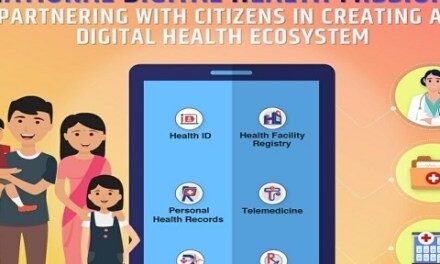2021 IDPWD THEME:”Fighting for rights in the post-COVID era”
December 3 is the International Day of Persons with Disabilities (IDPD).
More than 1 billion people experience disability, and this figure is predicted to rise, due in part to population ageing and an increase in the prevalence of noncommunicable diseases. Despite this, few countries have adequate mechanisms in place to respond fully to the health priorities and requirements of persons with disabilities.
While disability correlates with disadvantage, not all people with disabilities are equally disadvantaged. Much depends on the context in which they live, and whether they have equal access to health, education and employment, among others.
As governments and the international community continue to battle the COVID-19 pandemic, and chart a course forward, it is essential that disability inclusion is central to health system planning, development, and decision making. Strong, effective health systems support robust health emergencies management.

The classroom in the Kamurasi Demonstration School in Masindi Municipality, Uganda, with the Ugandan Sign language alphabet draw on the wall.PHOTO:UNICEF/Uganda/Barbeyrac
Key messages
- Many of us will experience disability in our lifetime, particularly as we grow older
- WHO commits to supporting countries to realize a world where health systems are inclusive and persons with disabilities can attain their highest possible standard of health.
- COVID-19 has resulted in further disadvantage and increased vulnerability for many persons with disabilities due to barriers in the health and social sectors, including discriminatory attitudes and inaccessible infrastructure.
- Building back better requires persons with disabilities to be central to health sector decision making, to ensure barriers are addressed in an inclusive and timely way.
- Disability inclusion in the health sector is not only the right thing to do, but also the smart thing to do, as it directly contributes to the achievement of broader global and national health priorities.
Key facts
- Over 1 billion people live with some form of disability.
- The number of people with disability are dramatically increasing. This is due to demographic trends and increases in chronic health conditions, among other causes.
- Almost everyone is likely to experience some form of disability – temporary or permanent – at some point in life.
- People with disability are disproportionately affected during the COVID-19 pandemic.
- When people with disability access health care, they often experience stigma and discrimination, and receive poor quality services.
- There is an urgent need to scale up disability inclusion in all levels of the health system, particularly primary health care.












